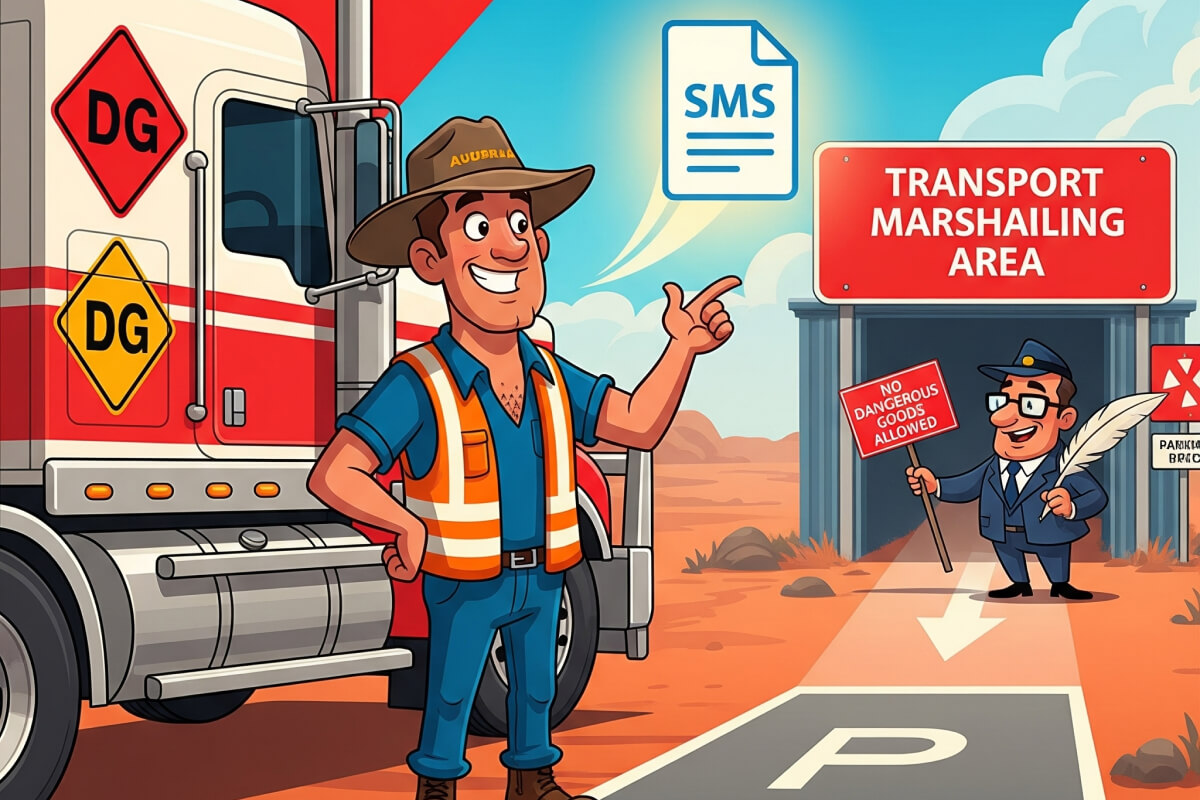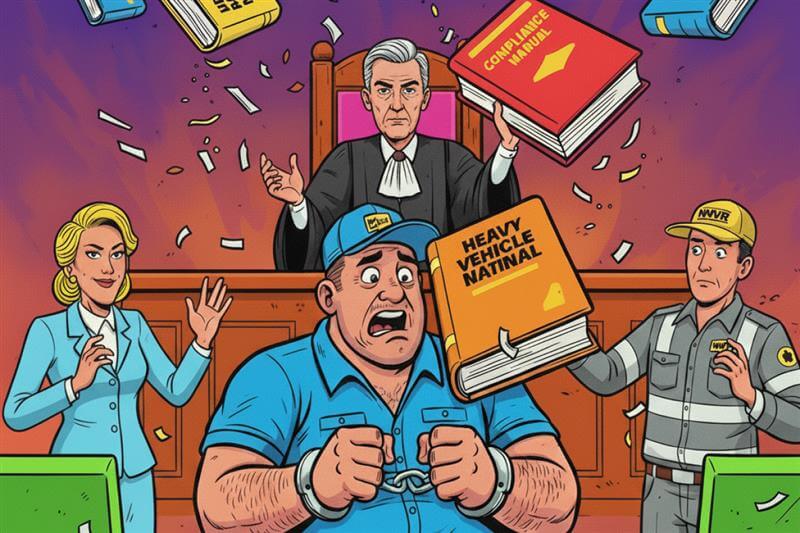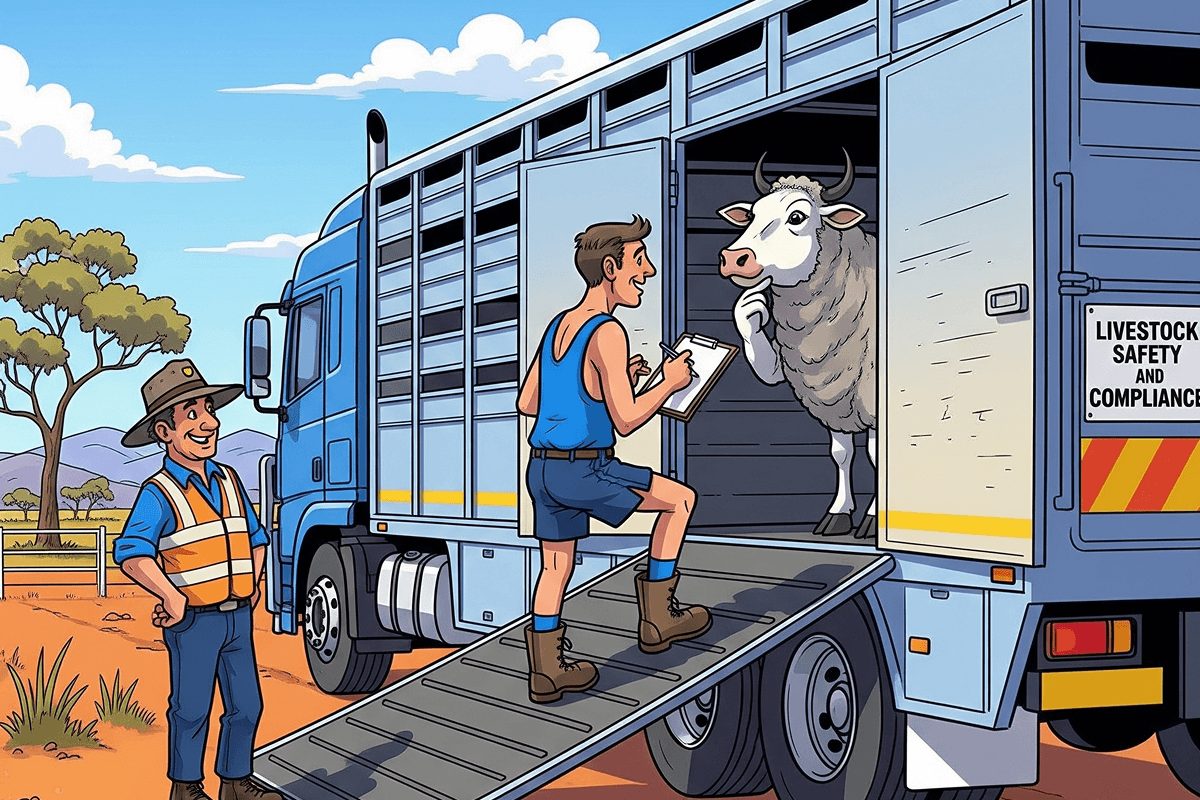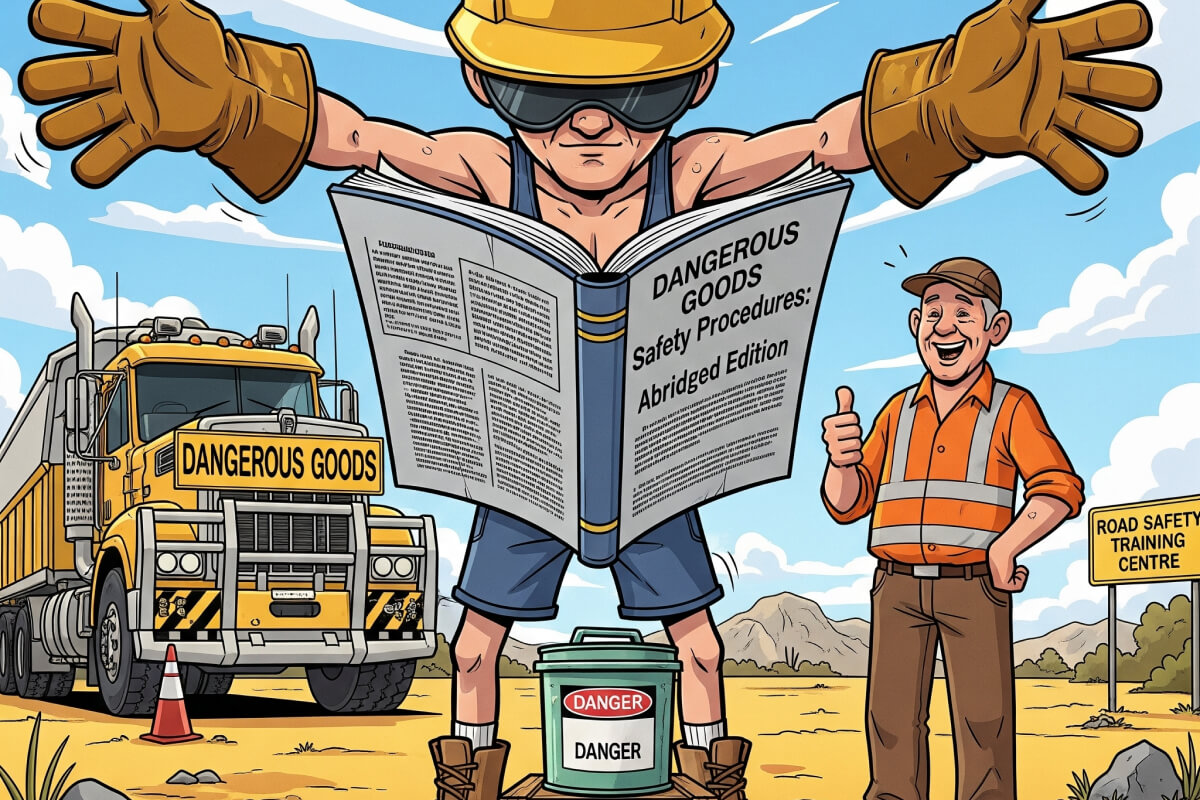
On this episode of Risky Business radio show, we explored crucial updates for heavy vehicle operators: the upcoming mandatory Safety Management Systems (SMS) under the Heavy Vehicle National Law (HVNL) for accredited operators and the current review of the Master Code of Practice.
We began by acknowledging the stark realities of our industry. Transport is inherently risky, as evidenced by the significant number of fatalities in crashes involving heavy trucks over the past year, with national road deaths for all vehicles exceeding 1,300, and the industry maintaining its position as the second most dangerous in Australia due to its high fatality rate.
These figures underscore the urgent need for robust strategies to manage risks, particularly concerning driver fatigue and fitness for duty, vehicle maintenance, mass management, loading and dimension management, speed compliance, employee training and safety. Our discussion focused on how these new SMS requirements and the updated Master Code aim to address these critical safety challenges.
You can listen to the full episode here:
| Listen to the full episode on | ||
| Spotify | Soundcloud | Apple Podcast |
For those who don’t have time to listen to the full episode, here’s an overview below of what we covered:
The Port Botany Saga: A Real-World Safety Challenge
To highlight the real impact of these reforms, we welcomed Kerryn Woods, a dangerous goods (DG) driver and board member of the National Road Freighters Association, to share his ongoing fight at Port Botany in Sydney. Kerryn painted a stark picture of how dangerous goods drivers are caught in an impossible situation.
The initial problem at Port Botany was congestion, which led authorities to impose a blanket “no parking” policy throughout the port. While seemingly a solution, this decision unfortunately pushed the problem onto the drivers. DG drivers now face a dangerous contradiction: fatigue laws demand rest, but the lack of safe, legal parking means they are forced to keep driving. Kerryn himself received a parking fine for $140 for exceeding one hour parked in a heavy vehicle, despite needing seven hours of rest and being legally required to stay with his placarded dangerous goods vehicle. This is a clear Chain of Responsibility (CoR) failure, where drivers are put in an untenable position.
Adding to the frustration is the existence of a Transport Marshalling Area near the port, built by the government, which could offer a solution. However, due to archaic red tape, a “no dangerous goods” clause in a 20-30 year-old development application, DG trucks are still banned from using it. Even the EPA sees no issue with DG trucks resting there, yet bureaucracy continues to override common sense. This situation tragically demonstrates a lack of respect and appreciation for heavy vehicle drivers from authorities and precinct managers.
As we discussed, if a proper safety management system had been in place for the Port Botany precinct, this glaring risk would have been identified and managed differently, preventing this ongoing crisis.
The Shift Towards Mandatory Safety Management Systems
Our conversation then moved to the upcoming changes under the HVNL Amendment Bill 2024. One of the biggest shifts is the removal of old singular focused, fatigue, maintenance and mass management systems, and the requirement for all accredited operators to have a Safety Management System (SMS) in place.
This is a significant change. It means moving from simply needing “some kind of management system” to a clear mandate: you must have an SMS that meets the Minister-approved standard to gain or keep accreditation. This standard covers five key areas:
- Leadership and Commitment: Executives must show accountability and foster a positive safety culture.
- Risk Management: Processes to identify hazards, assess risks, and implement controls.
- People: Ensuring drivers are fit for duty, trained, competent, and supported, addressing issues like fatigue.
- Monitoring and Improvement: Collecting data, investigating incidents, and taking corrective actions.
- Safety Systems: Tying everything together, including emergency planning and ensuring all contractors and suppliers are compliant.
Crucially, the law will demand auditable, verifiable evidence that your SMS is operating effectively. Policy documents alone won’t suffice; you’ll need registers, records, reviews, and data to back it up.
Impact on Operators
This means different things for different operators:
- Small operators will need to formalize informal processes, documenting and monitoring aspects like fatigue, maintenance, mass, and load restraint.
- Medium operators (especially those already in NHVAS) must integrate their separate systems into one cohesive SMS.
- Large operators will need their SMS to cover the entire supply chain, including contractors and subcontractors, ensuring compliance all the way up and down the line.
- Executives face heightened accountability for their due diligence duties, requiring clear evidence of their actions.
The Master Code: Your How-To Guide
The Master Code of Practice, a registered industry code, is being reviewed to align with these new SMS standards. It’s not the law itself, but it’s a recognised way of demonstrating what “reasonably practicable” safety looks like. The updated Master Code will mirror SMS headings, provide practical examples, and reinforce Chain of Responsibility duties, essentially acting as a “how-to guide” to help you meet the minimum bar set by the SMS Standards.
Preparing for the Future
We outlined five key steps you can take today to prepare:
- Document who is responsible for safety in your business, along with their authority and budget.
- Review your risk management processes, ensuring you have a register of hazards, controls, and incidents.
- Ensure all your training records are current; licenses alone won’t prove competence.
- Develop and test an emergency management plan.
- Integrate SMS requirements into your contracts with suppliers and subcontractors.
Ultimately, the responsibility for problems like those at Port Botany rests with the supply chain managers, the port, Transport for NSW, consignors, consignees, and executives, not the individual drivers. As we said on the show, it’s like a relay race where the organisers have blocked the track; the blame lies with them, not the runner. A compliant SMS would prevent such failures.
Hubfleet: Your Partner in Compliance
The message is clear: safety management is no longer a matter of chance; it’s becoming structured, auditable, and enforceable. The challenge for operators is to get their systems in order now.
This is where Hubfleet comes in. Our platform is designed to simplify compliance, offering one integrated solution to manage fatigue, maintenance, mass, safety, and training records, all the components that form the backbone of a robust Safety Management System. We’re building ahead of the curve, ensuring that when the law changes, our users are already compliant. Hubfleet keeps your critical information online, easy to use, and easy to prove to auditors.
Being compliant doesn’t have to be harder, in fact, with the right tools, it often saves money and keeps your business safe. If you want to learn more about how Hubfleet can help you navigate these changes, protect your drivers, and secure your business, please reach out to me directly at glyn@hubfleet.com.au, or give us a call on 02 7908 4053. I’d be glad to walk you through it.
You can even sign up for a free 14-day trial to see how simple compliance can be.







